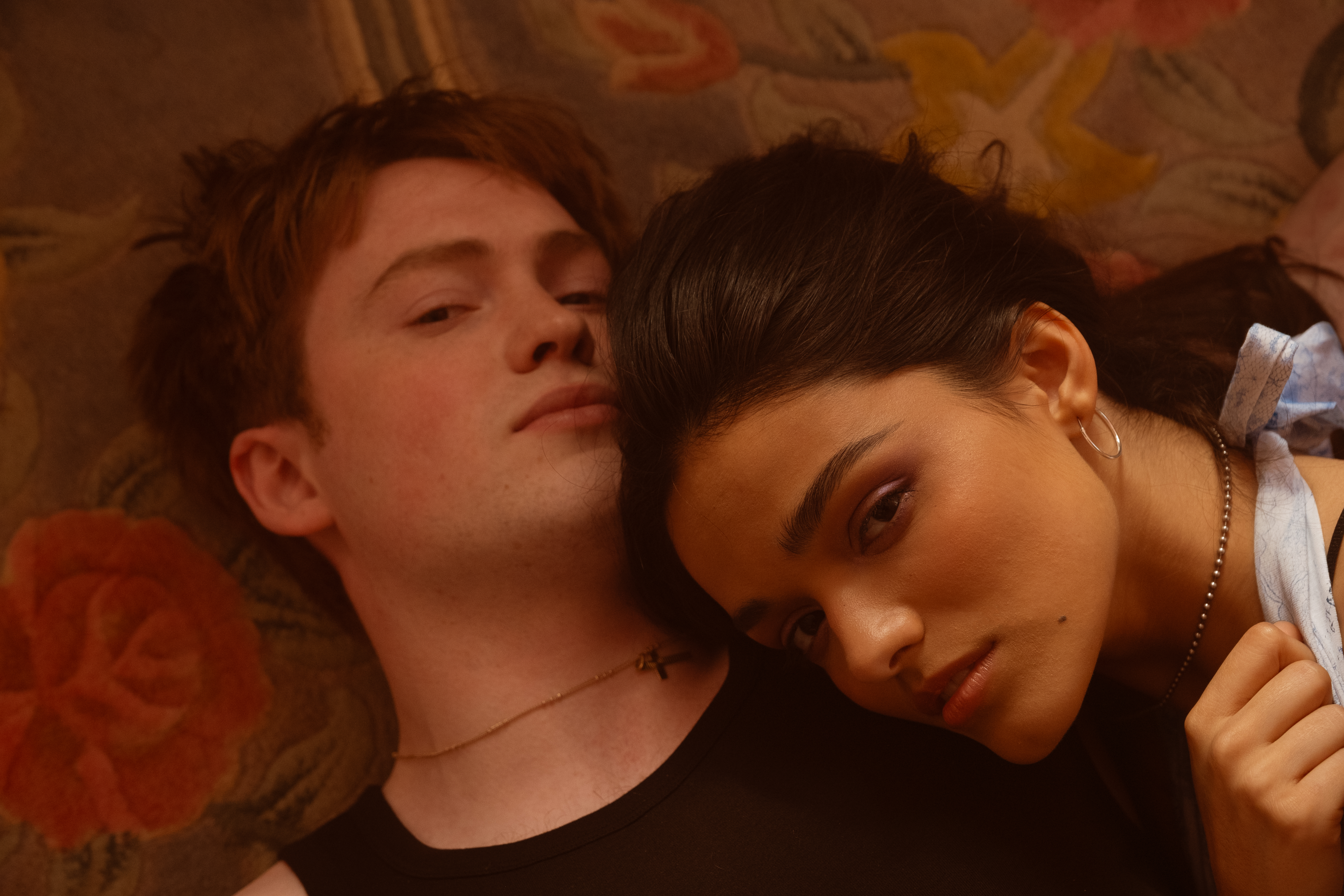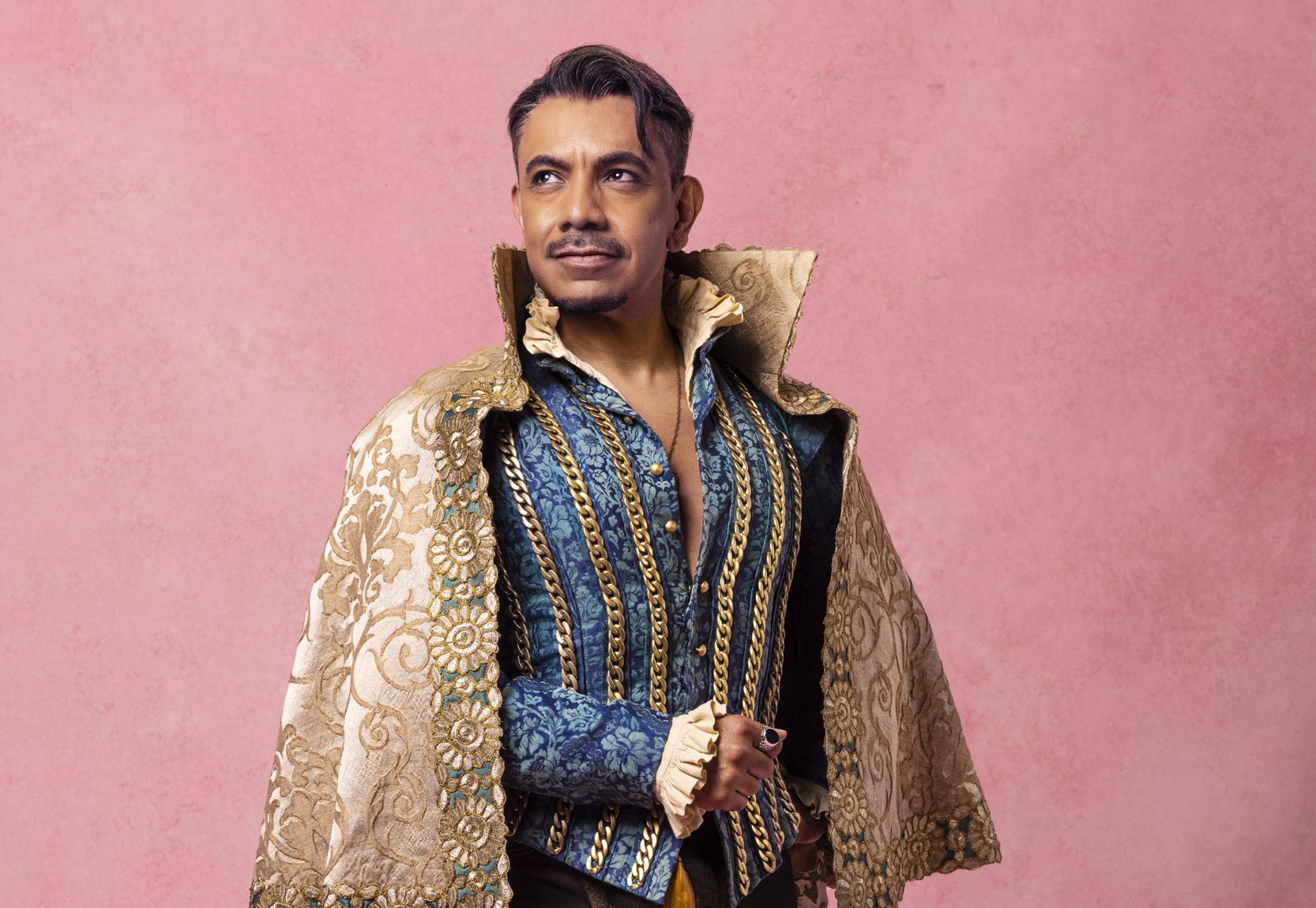Dr. Dolittle

and Jonathan Sandler in Dr. Dolittle
(Photo © Joan Marcus)
Tommy Tune is finally back on stage! After a long absence, the nine-time Tony Award winner was prompted to return by the challenge of rescuing Dr. Dolitle as the show’s new star and director. (There was a failed attempt at a national tour last fall.) And while Dr. Tune’s operation can be considered a success, the patient is clearly suffering the side effects of surgery.
What we have now is a trim, intermissionless production with some key characters cut. Gone are Matthew Mugg, the Irishman who formerly assisted Dolittle; 10-year-old Tommy Stubbins and his sickly duck; and even General Bellowes, the story’s villain. Tune’s gamble was that a sharper focus on the central character would benefit the show.
As the curtain rises, we see a village tableau of the company frozen in motion. A tall man in striped pants stands upstage center, his back to the audience. The tableau is a shadow of things to come; then the company fades into the wings and Dolittle takes center stage. Indeed, much of the production depends on such teasers. At one point, Tune offers an aside to the audience, pledging “more of that later” when we’re given a quick glimpse of Chee-Chee, the tap-dancing chimp (played by 12-year-old Aaron Burr). Chee-Chee doesn’t return until show’s end.
Tune and choreographer Patti Colombo bring this old-school children’s story to life with style and energy. But this show wears several hats — part love story, part social commentary — and it ultimately falls short of captivating young audiences. Since there’s not a single child to be found among the characters, “animals” such as Jip, the shaggy mop of a sheep dog, must try to hold the kids’ attention. But since these animals are rather primitive puppets, with the actor/puppeteers manipulating them in plain view, they end up seeming more like props than characters.
It’s hard to tell whether it was balancing his multiple roles or adjusting to the Denver air that left Tune a bit breathless on opening night. (He even ad-libbed a request for oxygen when Chee-Chee offered him a pineapple to quench his thirst after their rigorous tour-de-tap.) Either way, his acting was a bit static; Tune maintained a steady, smiling countenance that masked the sense of wonder called for when Dr. Dolittle first lays eyes on a Pushmi/Pullyu (played by Scott Leiendecker and Jonathan Sandler). Fortunately, Joel Blum as Blossom, the circus owner, gives the show a jolt of energy with the uplifting “I’ve Never Seen Anything Like It,” a welcome change in tempo.
Up until the Pushmi/Pullyu’s entrance, Colombo’s choreography is inexplicably restrained. But the rare two-headed llama-like animal loves to dance, and Tune obliged, making himself the center of a Pushmi/Pullyu tap-dancing sandwich. Then the company joins them for a 26-foot tap-estry. Dolittle is more comfortable expressing love to animals than people; one of the show’s musical highlights is his aching love song “When I Look In Your Eyes,” sung to a lovesick seal named Sophie. By show’s end, however, he’s able to channel his emotions to a member of the human race, one Emma Fairfax (Dee Hoty).
In the soaring “At The Crossroads” and other numbers, Hoty’s expressive and enthralling voice fills the theater; but the empty stage and flat backdrops serve to keep her isolated from the world of the play, denying Emma a much-deserved three-dimensionality and thwarting the romantic tension that should brim between her and the good doctor. Ultimately, it is dance that brings the two to touch, and love, each other — and Dr. Dolittle is most magical in its dance sequences. The long-anticipated high point of the show comes when Dolittle and Chee-Chee lead a chorus of 15 monkeys in an invigorating tap number and the whole island goes ape, so to speak. As Tune and Burr unleash their feet, the adults in the audience finally get what they came for: the chance to see one of Broadway’s most celebrated hoofers do his stuff.










